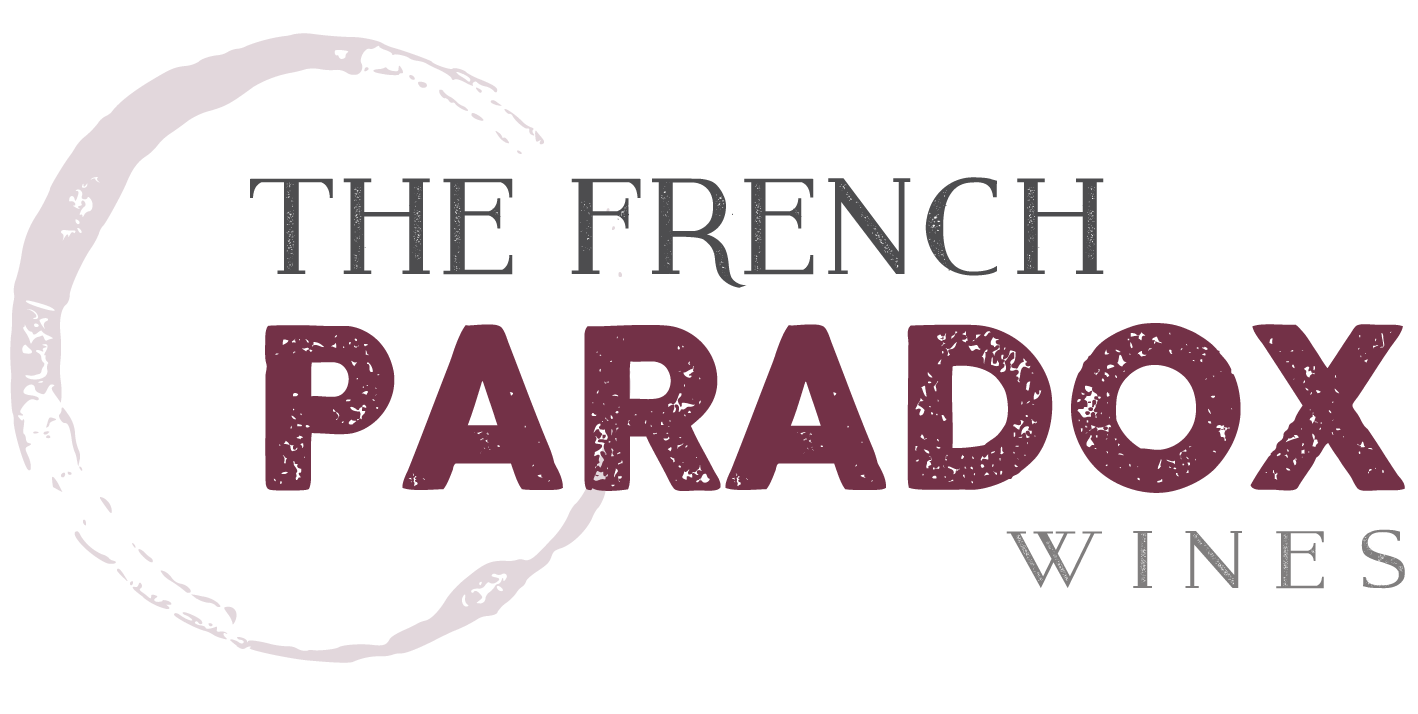Once upon a time, wine was simple. Someone in the neighborhood grew grapes and someone in the family turned the grapes into wine and put it in barrels and traded it for other goods (or drank it themselves). Actually, nearly everyone grew grapes or knew someone who did, so wine was plentiful and cheap and readily available. When you wanted some wine, you dipped you cup in the barrel or amphora that it was stored in and…Voila! (You actually said, ‘Voila’. Really.)
Then the English showed up.
The English bought most of the town’s barrels of wine, which was mostly good, because there was a lot of it (good vintage!). What wasn’t so good was now the people that grew grapes and made wine had ‘money’ so they ‘bought’ things rather than trading for them, including things that they really didn’t need very much. And the people that sold things then had money and they entered bought other things, and so on and so forth. But I digress.
The English took the barrels of wine back to England where they sold them to people that didn’t know anyone that grew grapes. Some of the English couldn’t afford a whole barrel of wine so they brought their own bottle to the wine merchant who then filled it up (it was illegal to sell wine that was already bottled). The bottles, made of clay, or stone or even glass were then sealed with a bit of mud or sap or wood bungs. At some point, someone brought cork from Spain or Portugal or North Africa and tried using that but no one liked that idea very much because it was difficult to both put the cork in the bottle and to get it out. The idea of using a ‘screw’ was adopted and by the end of the century (17th), cork and screw were pretty much the rule of the day.
This made life for the people that didn’t know anyone who grew grapes easier because now they could hold onto bottles longer because the wine merchants told them the wine was better if they did so. This was debatable. It still is.
So everyone (mostly) used bottles and corks because although it wasn’t a perfect system, it was better than the previous ones. Until William Painter invented the crown cork bottle cap and the bottle cap opener. Soon, everyone was using crown cork bottle caps.
However, the English, who made money by buying cork from Portugal and Spain and North Africa to use as closures on a new bottle of wine, now owned those same cork forests. The new crown cap would damage their cork business. So, they told everyone that a cork was necessary to properly age a bottle of wine. This was debatable. It still is.
Needless to say, many people (then and now) believe that cork closures somehow improve the wine despite an alarming lack of scientific proof for that theory. But, then again, there are people that believe that climate change is a hoax and that cutting taxes will grow government revenues, so I guess believing in the Cork Fairy is pretty harmless, in the grand scheme of things
